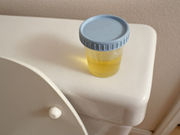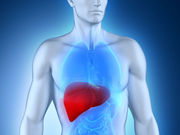Cutting Brand-Name Drug Use Could Save U.S. $73 Billion
The nation spends more on medications than any other country
CDC Updates Zika Testing Guidance for Urine Samples
CDC recs for Zika virus testing of serum and other clinical specimens remain unchanged at this time
Microbiome Linked to Infectious Complications in AML
Gastrointestinal microbiome diversity linked to infections for patients undergoing induction chemo
CDC Establishes New ‘Clean Hands Count’ Campaign
Campaign urges health care professionals and patients and loved ones to keep hands clean
New Evidence of Link Between Zika and Guillain-Barré
Sharp increase in the number of people in Brazil with Guillain-Barré since the Zika outbreak began
Portable, Rapid, Low-Cost Zika Test Shows Promise in Monkeys
Easy-to-use screening would benefit doctors working miles from hospital
HIV Rates on Decline, but Still Short of U.S. Five-Year Goal
But some progress seen in reducing new infections, transmission
CDC: Hepatitis C Leads Infectious Disease Mortality in U.S.
CDC notes that nearly 20,000 Americans died in 2014 from hepatitis C infection
Price Transparency Tool Doesn’t Cut Health Care Spending
Small percentage of eligible employees used the tool when offered
Herpes Simplex Virus Linked to Frailty, Mortality
Only HSV-2 independently predicts five-year mortality risk in older women aged 70 to 79 years



















